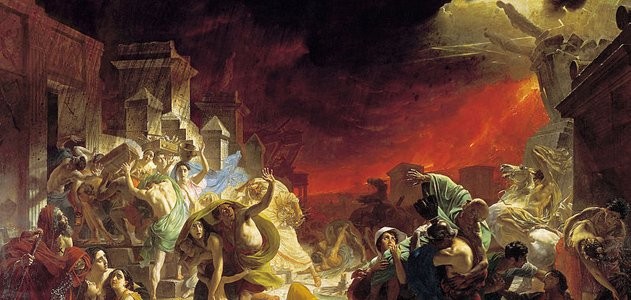Herculaneum was first rediscovered in 1709 when workingmen found it while digging a well for a summer home for Charles of Bourbon. When Charles became king of Naples he began excavations in 1738, placing Rocco Gioacchino as director. Gioacchino began excavations trying to find valuable objects, artifact, statues and sculptures for the King Charles III. This disregard for all other material caused evidence found later to lose some significance because of artifacts being damaged, lost or taken out of their true historical context (Ling, 2005: 57). Gioacchino eventually left in 1748 when hearing about “ La Civita”, later to be identified as Pompeii. In 1750, King Charles III hired Swiss Architect Karl Weber to take over as director of excavations in Herculaneum. Weber implemented a proper plan and in 1753 located the villa library that contained over a 1000 carbonized papyrus scrolls (Cameron, 2006). Excavations stopped during World War II and didn’t begin again till 1975. IN the 1980’s one of the biggest discoveries was mad finding a massive amount of skeletal material in boat chambers by the beach. Much still has not been excavated due to most of Herculaneum residing under the modern town of Ercolano.
Next: Skeletal Remains


